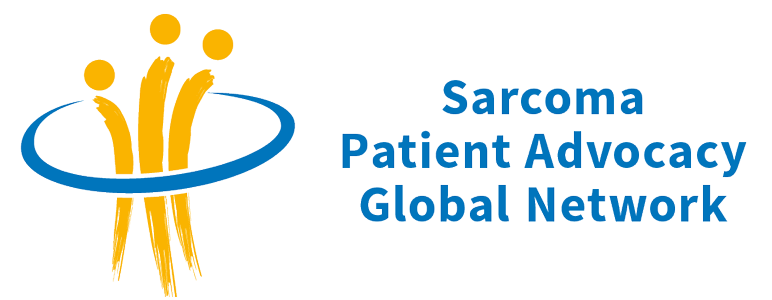Treatment STS
There are several treatment options for soft tissue sarcomas, which are chosen depending on the sarcoma subtype (type) and the stage of the disease (localized/advanced). In general, the treatment of soft-tissue sarcomas are "multi-modal". This simply means that different therapy modalities are combined in incremental, alternating, and sometimes simultaneous ways.
Especially if the tumor has already spread to other organs, the decision-making for a therapeutic strategy is very complex, because it depends on the type of tumor and the way it has spread.
Please note: A treatment strategy should always be decided by a multidisciplinary team!
Surgery
Most patients who receive a sarcoma diagnosis will undergo surgery as part of their treatment 

When the surgeon removes the tumor, he/she will also take out normal tissue surrounding the tumor. This reduces the risk of the tumor coming back (recurrence).
Surgery not only plays a major role in a localized setting as there are different reasons in the course of the treatment: to remove the primary tumor, to remove other lesions or metastases, or to alleviate certain symptoms or ailments.
Please note: Surgery must be carried out by a surgeon specifically trained in the treatment of this disease.
Radiation
Radiation therapy is applied to regionally or locally destroy tumor tissue after surgery (adjuvant therapy). However, it is only very rarely used alone in the treatment of soft-tissue sarcoma. In cases where surgery is not possible, because tumors cannot be operated or in only a very limited scope, radiation may become the primary form of treatment.
For soft-tissue sarcomas, radiation therapy may generally be used before, during, or after surgical treatment. For many sarcomas it is standard to combine surgery and radiation therapy. The latter is considered, for example, in order to avoid either local or regional recurrences, which may develop from microscopic cells left over after surgery, to destroy adjacent lesions that could not be surgically removed.
Systemic therapy: Chemotherapy and Targeted Therapies
Whereas surgery and radiotherapy are localized treatments, chemotherapy is systemic 

The decision of which therapy to apply, depends on a number of criteria: Status of approval or demonstration of effectiveness for specific subtypes, the stage of the disease, the objective of the treatment, the side effects to be expected, the health status of the patient in general and his/her personal situation.
The most commonly used chemotherapies are doxorubicin and ifosfamide, but also dacarbazine (DTIC), docetaxel, gemcitabine, paclitaxel and eribulin.
For many years, there has been little therapeutic innovation in sarcomas. In 2007, Trabectedin was approved for treatment of soft-tissue sarcomas. It can be used when the disease has already spread (advanced setting) or after an initial chemotherapy (= first line therapy) has proven ineffective or could not be tolerated.
Apart from chemotherapies, newer, targeted therapies can be an option in specific subtypes of soft-tissue sarcomas: Imatinib for GIST (Gastrointestinal stromal tumours) and for DFSP (=Dermatofibrosarcoma protuberances), Sunitinib for GIST, Regorafenib for GIST just approved in the USA and Pazopanib for certain subtypes of advanced soft-tissue sarcomas.
